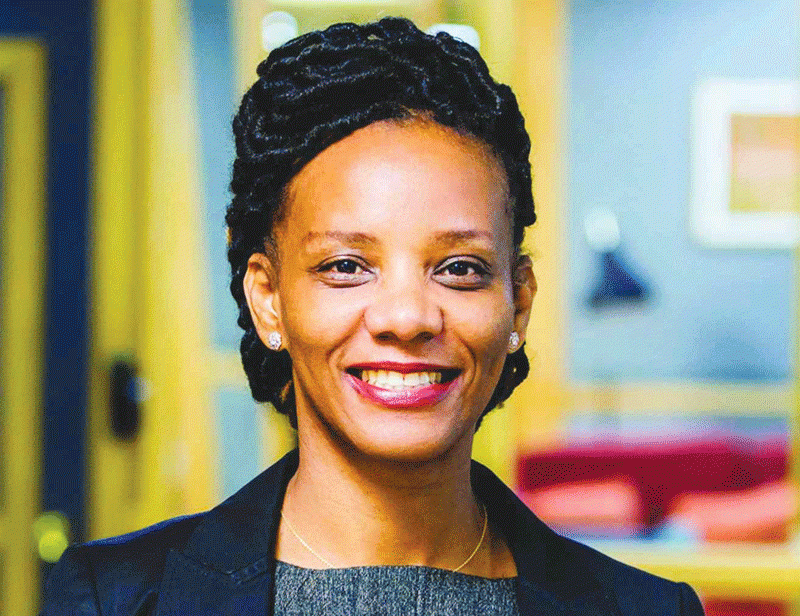
DIGITAL health consultant Ralph Nyakabau has urged local medical practitioners to use digital health in order to enhance accuracy, transparency, and the delivery of healthcare.
The World Health Organisation has a strategy document called the ‘Global strategy on digital health 2020-2025’ that seeks to improve health access through the usage of digital platforms.
The strategy entails development and adoption of appropriate, accessible, affordable, scalable and sustainable person-centric digital health solutions.
This is meant to prevent, detect and respond to epidemics and pandemics, developing infrastructure and applications that enable countries to use health data to promote health and well-being.
“It is through the emergence of digital diagnostic techs that we are letting go of these traditional tools, and accepting these newer technologies. It is the new digital technologies that are allowing us to improve accuracy and transparency,” Nyakabau said at the recent Computer Society of Zimbabwe 2023 Summit held in Victoria Falls.
“The funny thing with the telescope is if you put it on someone's chest, the telescope's diagnostic accuracy is determined by what lies between the two earpieces, that is the brain.
“There are chances of human error and the worst thing is there is no transparency because it is only the doctor who is hearing what will be happening.”
Nyakabau said with the use of technology like telemedicine, patients, especially the ones in the rural areas, would not have to travel long distances to consult medical practitioners.
- Medical practitioners urged to adopt digital health
Keep Reading
“Digital technologies allow us to be a bit more transparent and accurate through the use of technologies, such as AI (Artificial Intelligence) AI, through what's known as computer-aided diagnostics,” he said.
The global telehealth and telemedicine market in terms of revenue was estimated to be worth US$87,8 billion in 2022 and is poised to reach US$285,7 billion by 2027, according to MarketsandMarkets Research, an Indian-based global consultancy firm.
With Zimbabwe classified as having high internet penetration rate, Nyakabau said medical practitioners would have the ability to reach more patients and increase access to health care.
Telemedicine is a remote diagnosis and treatment of patients by means of telecommunications technology.
“The second part is overcoming the distance barrier. If you choose a stethoscope, you require the patient to be there. There's a need for the patient to be physically there so that you apply the stethoscope to the chest immediately,” he said.
“But that's quite a limitation that we got to appreciate during the height of the Covid pandemic when there were a lot of restrictions, and it was quite dangerous for the doctor and the patient to be present.”
Nyakabau said technologies, such as telemedicine, were where “we are really leveraging technology to connect the doctor and the patients, overcoming that distance barrier”.
“Telemedicine allows us to reach more people, and increase access to care. Those people that are in rural places do not have to travel a distance in excess of 20 kilometres just to get to a clinic.
“Now, due to the beauty of telecommunications, they are able to get in touch with their healthcare providers,” the digital health expert added.
According to a newsletter released by the United Nations on telemedicine in October last year, telemedicine technologies had proven to be beneficial in screening, diagnosis, management, treatment, and long-term follow-up of a series of chronic diseases around the world.
“During the Covid-19 pandemic, countries relied heavily on digital technology to continue to provide essential healthcare services to patients,” the report reads in part.
“Telemedicine use is seen as an accessible and cost-effective approach to delivering high-quality care and reducing overall mobility and mortality.”










